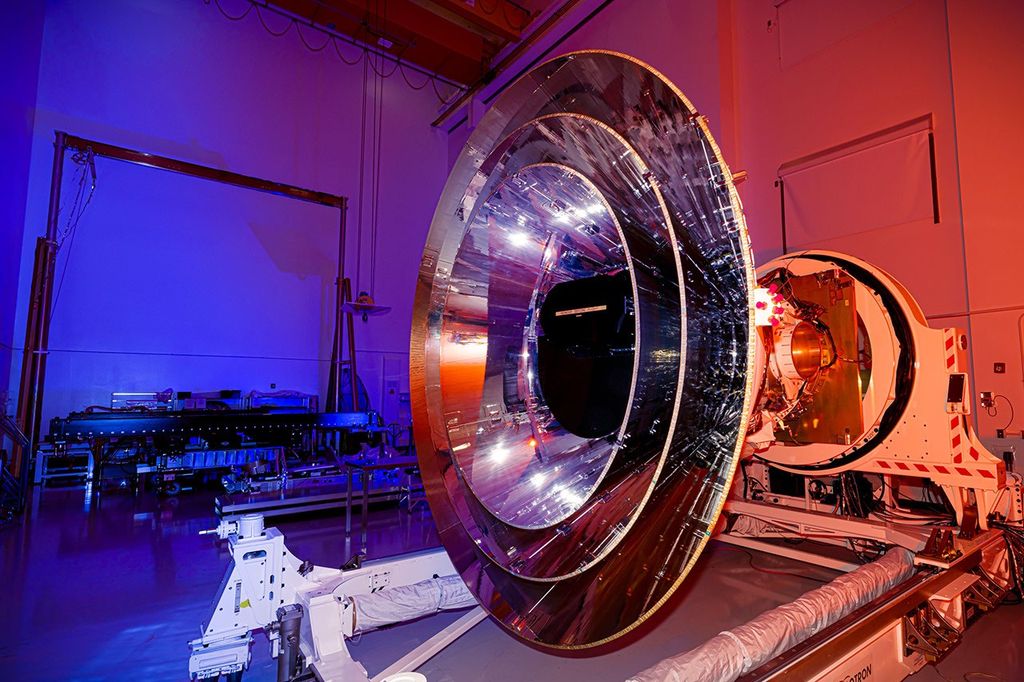
Celebrating 80 Years of the Icing Research Tunnel
The Icing Research Tunnel (IRT) at NASA’s Glenn Research Center in Cleveland has been essential in helping NASA and industry study how ice affects aircraft and test ice protection systems for decades.
History
NASA Tunnel Generates Decades of Icy Aircraft Safety Data
On Sept. 13, 1944, researchers subjected a Bell P-39L Airacobra to frigid temperatures and a freezing water spray in the National Advisory Committee for Aeronautics (NACA)’s new Icing Research Tunnel (IRT) to study inflight ice buildup. Since that first run at the Aircraft Engine Research Laboratory (now NASA’s Glenn Research Center), the facility has operated on a regular basis for 80 years and remains the oldest and one of the largest icing tunnels in the world.
Explore the IRT's History about NASA Tunnel Generates Decades of Icy Aircraft Safety Data
In 1945, a researcher takes a closer look at how ice formed on a propeller blade model inside the Icing Research Tunnel.
Credit: NASA
Go Behind the Scenes
Get an inside look at the Icing Research Tunnel in this virtual tour.
Explore the Facility about Go Behind the Scenes





































